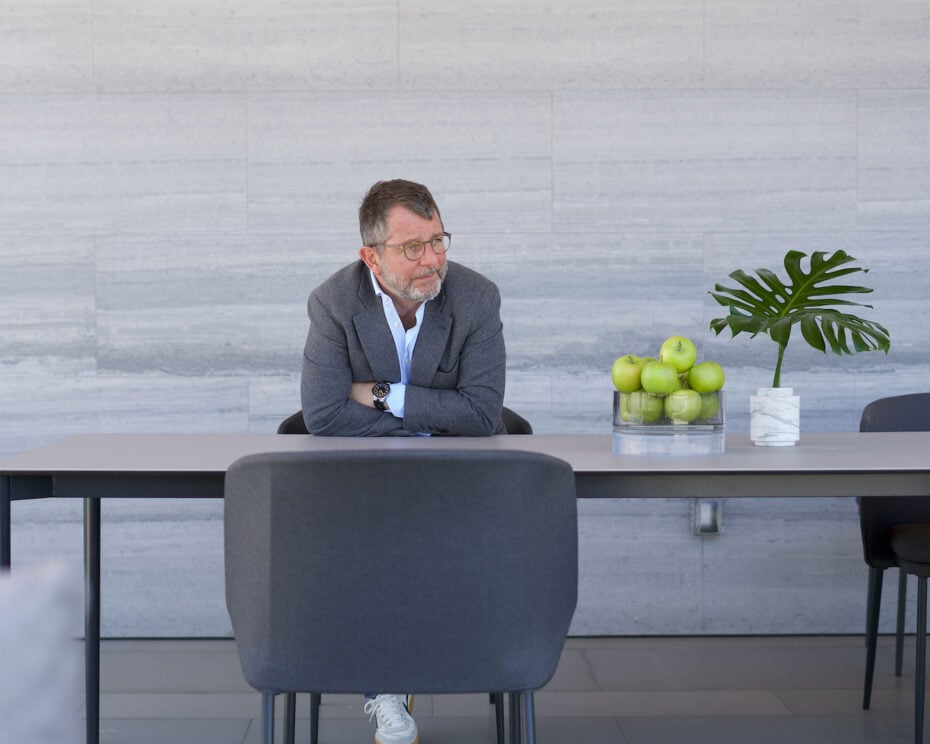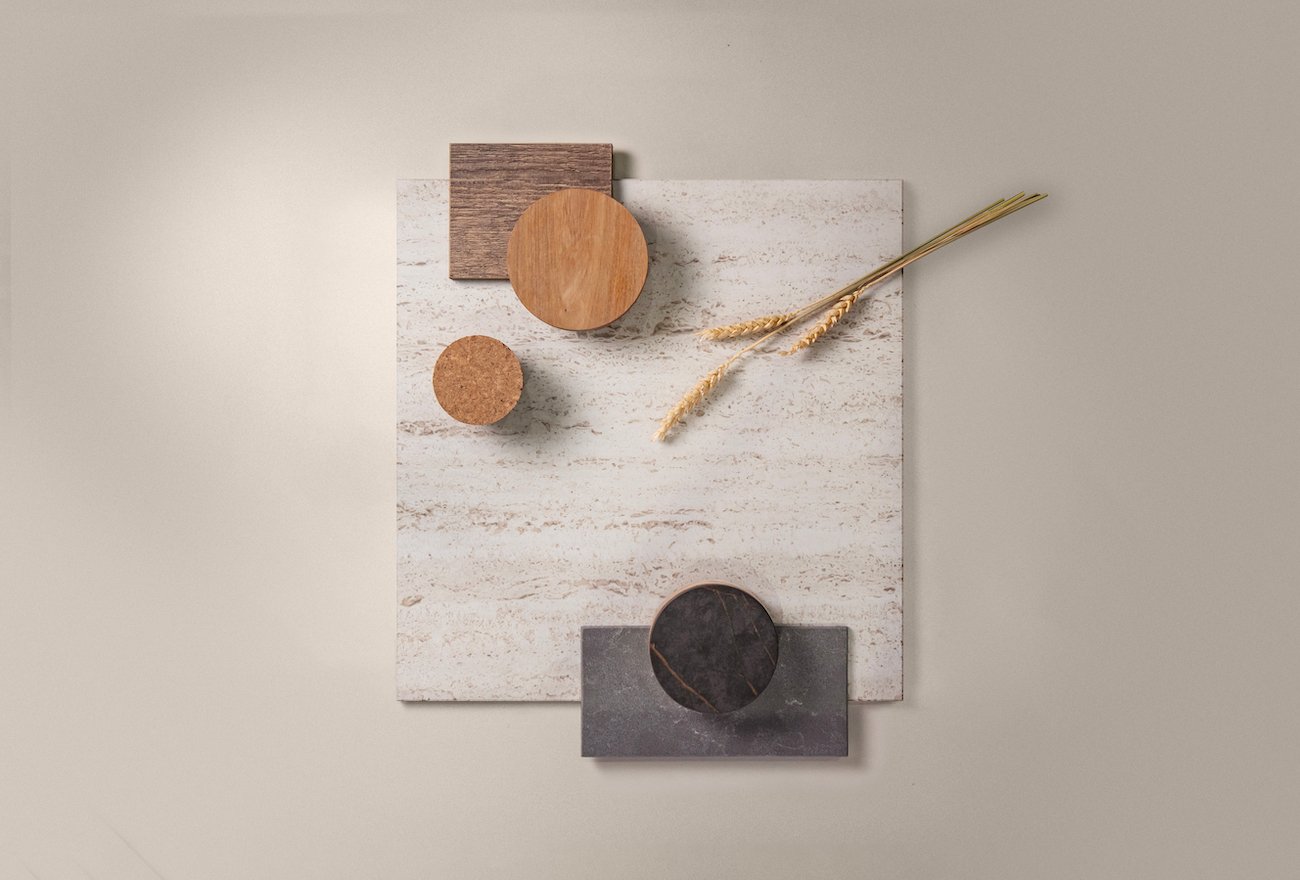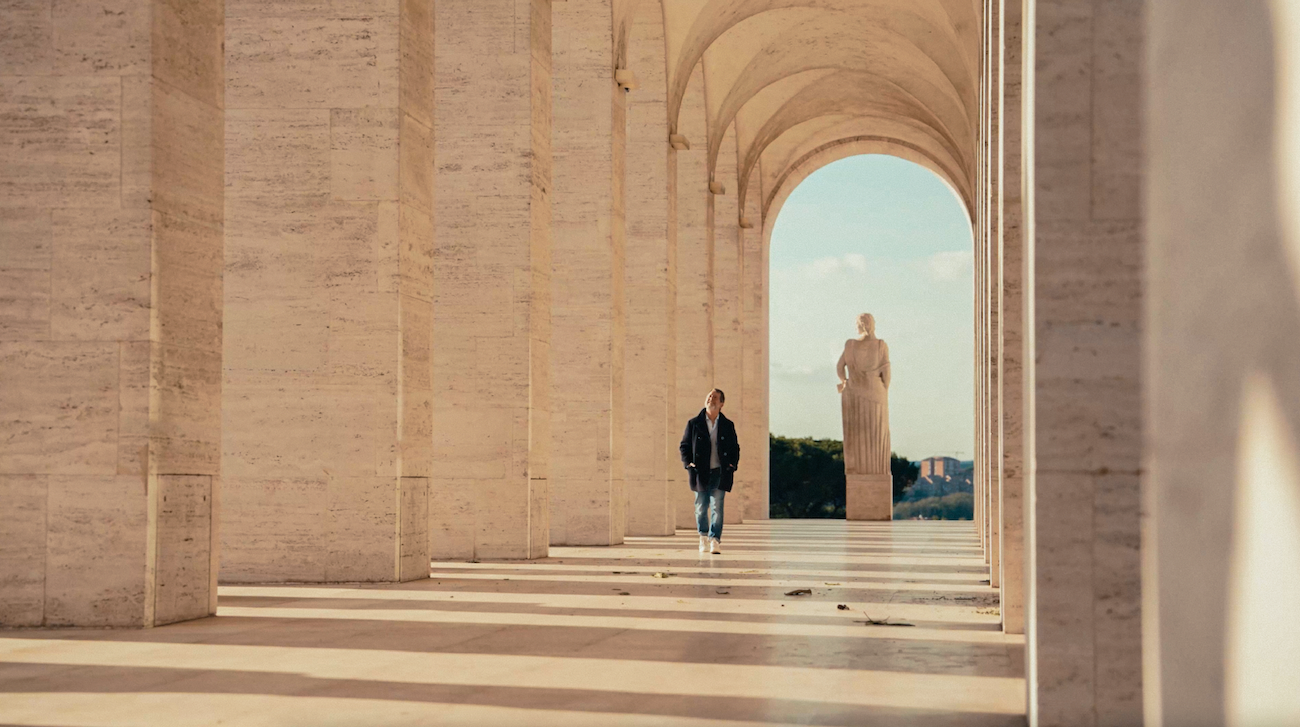An Ode to Italy: In Conversation with Daniel Germani

Daniel Germani’s latest collection for Cosentino reimagines classic Italian stones for modern living
Over the past decade, Argentinian architect and industrial designer Daniel Germani has partnered with Cosentino on three occasions, bringing his eye for industrial materials and forms to their Dekton line of engineered stone surfaces. His latest collection for the brand, Pietra Kode, strikes a traditional note, referencing the classic natural Italian stones of Pietra di Vicenza, travertine and Ceppo di Gré. In conversation with Designlines, he shares how it came to be.
DL: Did you have any points of inspiration in mind as you developed the series?
Germani: I had lived in Italy for a long time and I have deep roots here, working, and now teaching at the Institute of European Design. This place is very much ingrained in my aesthetic and my love of Brutalism, and I think that’s why it came together so naturally. On top of that, it’s a collection that I wanted to be used everywhere – in the kitchen, the bathroom, in flooring and furniture. These stones have history and versatility – half of Milan is built in Ceppo Di Gré. They do not have of-the-moment characteristics.

DL: How do you take the characteristics of natural stone and transfer them to an engineered composite stone surface?
Germani: It’s a very laborious process, not tedious, but intense. We’re trying to take the best qualities of each natural stone and make them more usable. We look at how it decays, its porosity, how it ages, and select the best parts. We might go through 50 or 60 iterations of a slab before we reach the end.
DL: The patterns in this series are distinctly muted and tonal, whereas in recent years, we’ve seen a lot of high contrast surfaces with sweeping veins.
Germani: I am bored to tears with veining. How many more veins do we need to see in Carrara marble? It’s enough! [Laughs] I like more Brutalist images. I like subtlety. Also, with traditional veining, it’s hard to do large amounts of repetition. These patterns are super versatile and can be mixed and matched. They’re not a dysfunctional family! They all get along very well.

Daniel Germani strolling at the Palazzo della Civiltà Italiana in Rome.
DL: This is your third collaboration with Cosentino in the past decade. How has your work evolved over time? Is there a common theme?
Germani: I think the link between the collections is the exploration of the imperfect. I think there’s tons of beauty in the imperfect – it’s less predictable. In looking at the structure of these stones, Vicenza, travertine and Ceppo di Gré, they’re very uneven in their design and I think that chaos really attracts me. COSENTINO.COM










